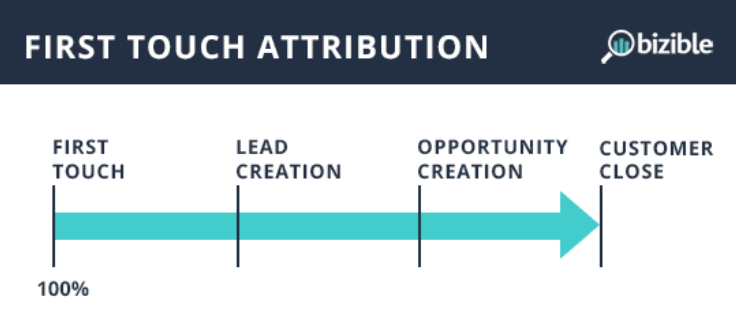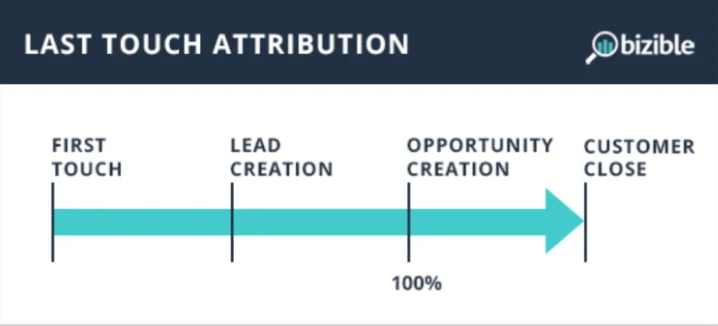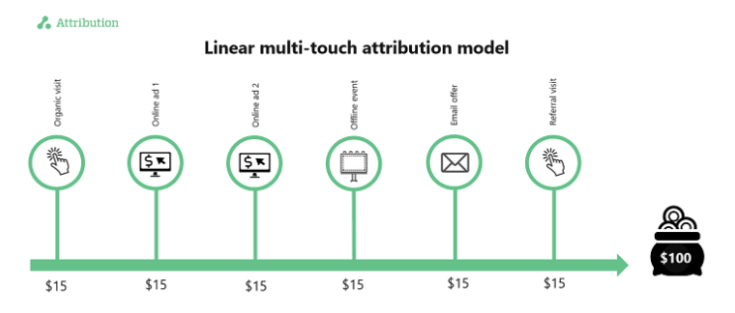What do we use it for?
The end goal is to know where to spend more and where to stop spending on Marketing. Once a Marketer knows the role that each touchpoint played in a Consumer Journey Path, they can come up with a proper Marketing plan.
- The use of Marketing Attribution Models helps Marketers to know the part of a campaign that should gain credit for each conversion, and which ones need to be modified and improved.
- Attribution modeling allows you to plug or fill gaps for things that aren’t working as well as you planned.
- AND, it helps you make decisions to lengthen or shorten part of a campaign, save funds, etc.
The Account Planner/Strategist is often the key person in providing “post-campaign” evaluation on a campaign’s effectiveness.
But this also means they need to be aware of this:
- Pre-Campaign – So they can make sure they actually will know how to be able to report after the campaign. After all, how can you write a SMART Objective if you don’t know how you will be able to track this?
- During-Campaign – You might need to evaluate during the middle of a campaign and make mid-course corrections, rather than blindly running something until it’s done.
This means the Account Planner/Strategist is often involved in understanding:
- KPIs (key performance indicators)
- ROI (return on investment)
- ROAS (return on ad spend)
If your team can’t help predict and analyze the effectiveness of something, what makes you think they’ll be hired to create the content in the first place?
Attribution modeling allows you to hone in on the buyer’s journey and understand which parts of it are working best for your customers and what needs improvement. It also offers insight into how your marketing channels and touchpoints are working together to convert your target audience.
A Marketing Attribution Model is like a clock. If there is no nearby clock to tell you the time, then you will use the light outside to guess the time, but you won’t get it right. The same also happens in Marketing. Most Marketers spend too much of their time guessing and less time knowing. However, with Marketing Attribution Modeling, you can accurately give credit to the correct Marketing activities.
REVIEW: What’s the purpose of attribution modeling?
By assigning credit to your marketing channels and touchpoints, you can increase your chances of converting more prospects by
Related Terms
- Consumer Journey
- Repetition
- 01.Identifying areas of the buyer’s journey that you can improve,
- 02.Determining the ROI for each channel or touchpoint,
- 03.Surfacing the most effective ways to spend your marketing budget, and
- 04.Tailoring your marketing campaigns and content to your unique personas.
of Attribution Models

1. First-Touch Marketing Attribution Model
It gives all credit to the first point of contact between the customer and the Marketing campaign, regardless of whether the conversion was influenced by that campaign or not. Some Marketers use this Marketing Attribution Model to show the role of their top-of-the-funnel Marketing materials in creating the initial awareness, which eventually led to a sale.
For example, if you bought a PPC ad on paid search, that touchpoint will get all the credit, even if the user interacted with hundreds of other touchpoints. It means that your television ads, your company salespersons, and events will get no credit.
It doesn’t consider the middle and the end of the customer’s journey.
- Focus is on the brand awareness elements.
- Sometimes this is difficult to track what they really saw first.

2. Last-Touch Marketing Attribution Model
In this type of Marketing Attribution Model, 100% of the conversion’s credit is given to the last ad campaign that the user interacted with, regardless of the number of interactions made by the user before conversion.
- Focus is on the “conversion” or “lead” elements. Not on any brand awareness elements.
- Great. It does emphasize the actual act of clicking, which leads to the ACTION of getting to the website.
- But didn’t something from brand awareness make your “need” turn into a “want” and prompted the click?

3. Linear Multi-Touch Marketing Attribution Model
Out of the possible best Marketing Attribution Models, this type of Marketing Attribution Model gives equal credit to all the channels that the user came across in his path to conversion. For example, if the customer came across the ad on Facebook and Instagram, each will be given 50 percent Marketing Attribution credit.
However, consumers are not impacted equally by all touchpoints. Some touchpoints will play a bigger role in converting the consumer than others. Hence, although linear-Marketing Attribution MIGHT be better than first-touch and last-touch Marketing Attribution Models out of all best Marketing Attribution Models, it has PLENTY of shortcomings.

4. Customized Attribution
This is a way for you to combine different aspects of First Touch, Last Touch, and Linear that work for YOUR CLIENT OR SITUATION.
This is what people truly interested in KPIs, ROAS, and ROI do.
for Context
But use these if you're still lost.
